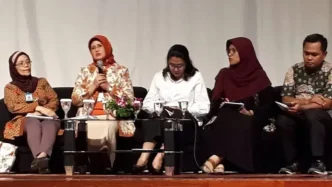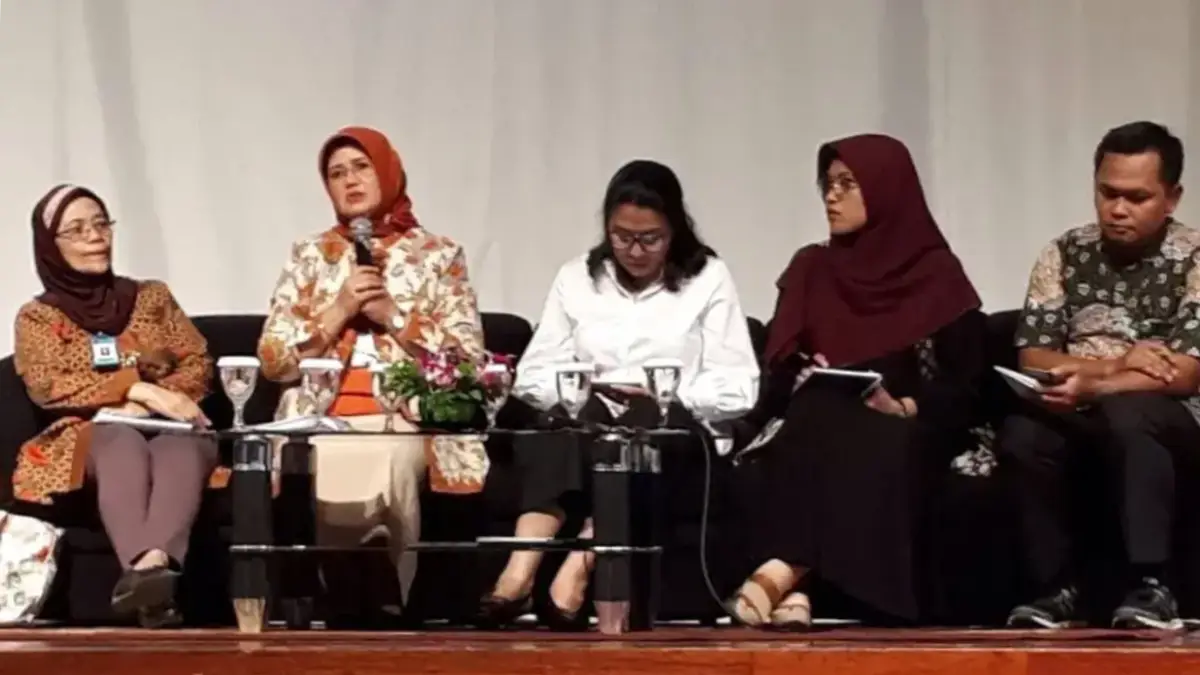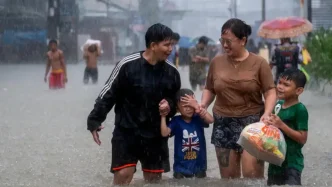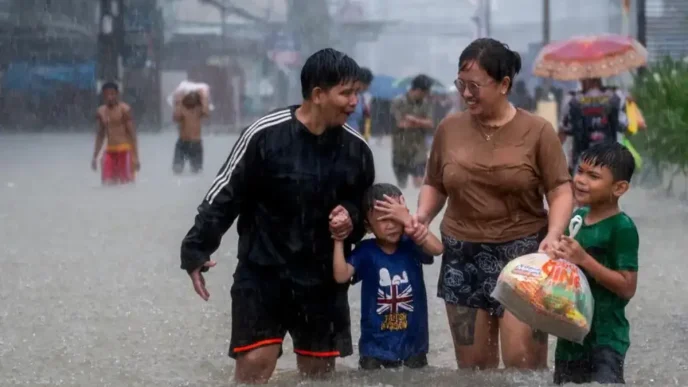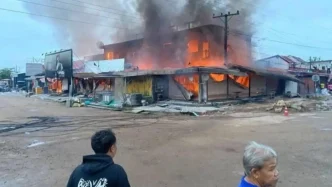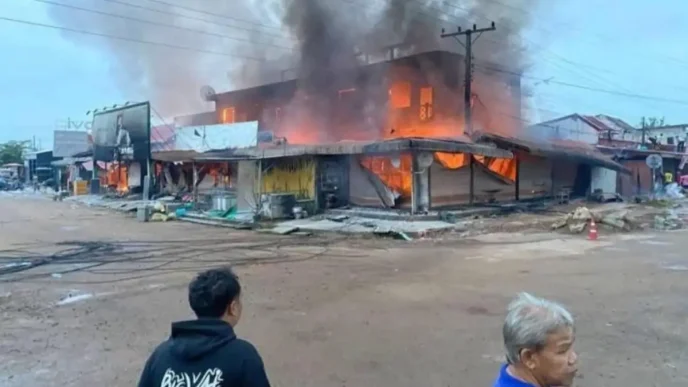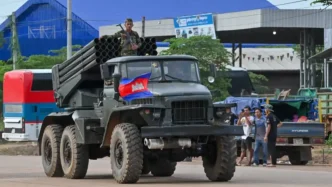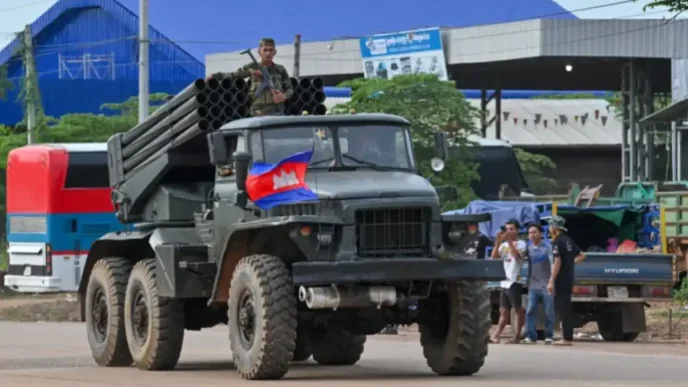A deeply troubling surge in child abuse cases across Indonesia has exposed critical gaps in the nation’s child protection framework, with over 10,000 incidents reported in the first half of 2025 alone. As advocates and officials scramble to address the crisis, the state faces mounting pressure to overhaul childcare systems and strengthen community-based protections to safeguard the country’s most vulnerable.
A Disturbing Trend in Child Abuse
The scale of the issue is staggering. According to data from the Women’s Empowerment and Child Protection Ministry’s online information system (SIMFONI-PPA), at least 10,203 cases of child abuse have been recorded since January 2025. This figure already surpasses half of the 19,628 cases reported for the entirety of 2024, signaling a persistent and alarming rise over the past five years. The majority of these incidents occur in the home, with perpetrators—predominantly men—often being individuals closest to the victims, such as family members, neighbors, or even parents.
The forms of abuse are varied and harrowing, ranging from physical and psychological violence to sexual exploitation, neglect, and trafficking. Girls aged 13 and older constitute eight out of every ten victims, highlighting a stark gender disparity in the data. Under Indonesia’s Child Protection Law, anyone under 18 is considered a child, placing a legal obligation on the state to ensure their safety—a responsibility critics argue is being woefully neglected.
West Java, the nation’s most populous province, bears the grim distinction of recording the highest number of cases in 2025, with over 1,300 incidents reported in just seven months. East Java and Central Java follow closely behind, while even wealthier regions like Jakarta have not been spared, with hundreds of cases driven by factors such as poverty, low education levels, and pervasive societal attitudes that tolerate or ignore violence against children.
Root Causes and Systemic Failures
While the Women’s Empowerment and Child Protection Ministry has not officially outlined the reasons for the escalating abuse rates, child rights advocates point to systemic shortcomings as a primary driver. A lack of accessible, state-supported childcare systems leaves many families with no safe options for their children, particularly in low-income households where economic pressures can exacerbate risks.
Diyah Puspitarini, a commissioner at the Indonesian Child Protection Commission (KPAI), emphasized the vulnerability created by inadequate care. “When a child’s right to proper care is neglected, they become highly vulnerable to abuse, even without their parents realizing it” she told a local news outlet on July 25, 2025. She urged the government to expand access to affordable, community-based childcare centers as a critical step toward prevention.
Economic hardship further compounds the problem. Tata Sudrajat, deputy program lead at Save the Children Indonesia, highlighted the dangers of neglect in struggling households. “As families face economic hardship, they are more likely to involve children in labor, including sexual exploitation. Children also become more vulnerable to trafficking” he explained on July 25, 2025, in an interview with a trusted source. He advocated for the state to strengthen parental capacity through standardized support programs, including fatherhood training, parenting consultations, and financial assistance.
In West Java, officials have identified internal family dynamics as a key factor. Siska Gerfianti, head of the province’s Women Empowerment, Child Protection and Family Planning Agency (DP3AKB), noted that parenting styles marked by neglect and limited involvement often contribute to domestic violence. This observation underscores a broader lack of public awareness about violence prevention, a gap that extends across Indonesia’s diverse regions.
Voices from the Ground
For many Indonesian parents, the absence of reliable childcare options is a daily struggle. Nisa, a 29-year-old mother from South Tangerang in Banten province, relies on a trusted neighbor to care for her six-year-old son while she works. Despite her vigilance—checking in through chats, video calls, and photos—she acknowledges the precariousness of her situation. “When I get home, I ask him again if anything happened” she shared. Nisa considers herself fortunate to have a dependable caregiver, a privilege many parents lack.
Her concerns extend to private childcare providers, which she believes are prone to abuse due to insufficient government oversight. “If there was official supervision, we would definitely feel more confident and secure” she added. Her sentiments reflect a widespread demand for state intervention to ensure safe, affordable childcare options for all families, regardless of income or location.
Government Response and Initiatives
The Indonesian government has faced criticism for its slow response to the child abuse crisis, though recent statements suggest an acknowledgment of the problem’s severity. On July 24, 2025, Minister Arifa Fauzi issued a statement recognizing the high abuse rates and outlining the ministry’s efforts to address them. Among the initiatives are the expansion of call center services through the SAPA 129 violence reporting and counseling hotline, as well as the development of village shelters under the Indonesia’s Shared Spaces (RBI) program, designed to provide safe havens for children and women in rural areas.
While these measures represent a step forward, many advocates argue they fall short of addressing the root causes of abuse. The lack of comprehensive, community-based childcare infrastructure remains a glaring omission in the government’s strategy. Without accessible daycare centers and robust parenting education programs, critics warn that the cycle of neglect and violence will persist.
Broader Societal Challenges
The child abuse crisis in Indonesia is not an isolated issue but part of a broader landscape of societal challenges. Poverty, limited education, and entrenched cultural attitudes that downplay or stigmatize discussions of abuse all contribute to the problem. In Jakarta, for instance, officials from the Women Empowerment, Child Protection, and Population Control Agency (DPPAPP) have pointed to permissive attitudes toward violence and a lack of awareness about children’s rights as key drivers of abuse, even in a relatively affluent province.
Moreover, the stigma surrounding abuse often prevents victims and families from seeking help. This cultural barrier, combined with inadequate reporting mechanisms in many regions, means that the true scale of the crisis may be even larger than official figures suggest. Child rights groups have called for large-scale public awareness campaigns to challenge these norms and encourage communities to prioritize child safety.
Policy Recommendations and the Path Forward
Addressing Indonesia’s child abuse crisis requires a multi-pronged approach that tackles both immediate needs and long-term systemic issues. First and foremost, the government must prioritize the establishment of affordable, community-based childcare centers across the country’s 90 million households. Such facilities would provide a safe alternative for parents who currently rely on informal or unvetted caregivers, reducing the risk of neglect and exploitation.
Parenting education programs are equally critical. By equipping families with the tools to create nurturing, violence-free environments, the state can address the root causes of domestic abuse. Financial assistance for low-income households could further alleviate economic pressures that often lead to child labor or trafficking, as highlighted by Save the Children Indonesia.
Strengthening oversight of private childcare providers is another urgent need. Regular audits and government supervision, as suggested by parents like Nisa, would build public confidence in these services and ensure accountability. Additionally, expanding access to reporting mechanisms like the SAPA 129 hotline and creating more village shelters under the RBI program could provide immediate support for victims and at-risk children.
A National Imperative
The rising tide of child abuse in Indonesia is a stark reminder of the state’s responsibility to protect its youngest citizens. As the numbers continue to climb, the urgency of systemic reform cannot be overstated. While initiatives like village shelters and expanded call centers are a start, they must be paired with comprehensive childcare infrastructure and education programs to break the cycle of violence and neglect.
As Indonesia grapples with this crisis, the question remains whether the government can muster the political will and resources to enact lasting change. For the thousands of children at risk, the stakes could not be higher.

